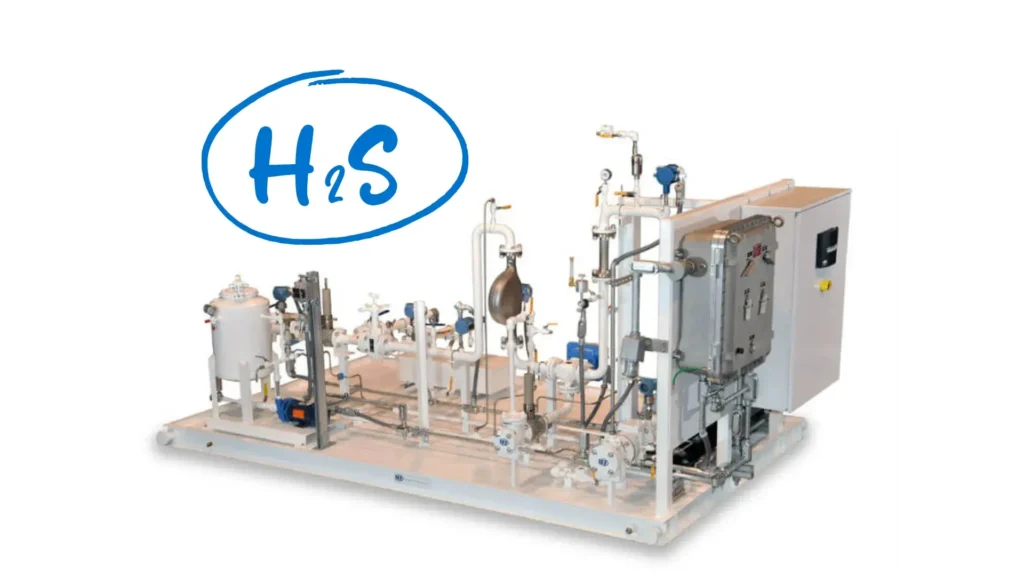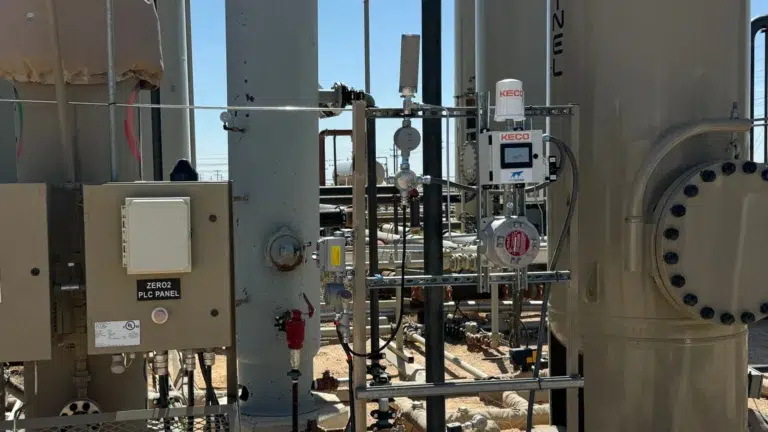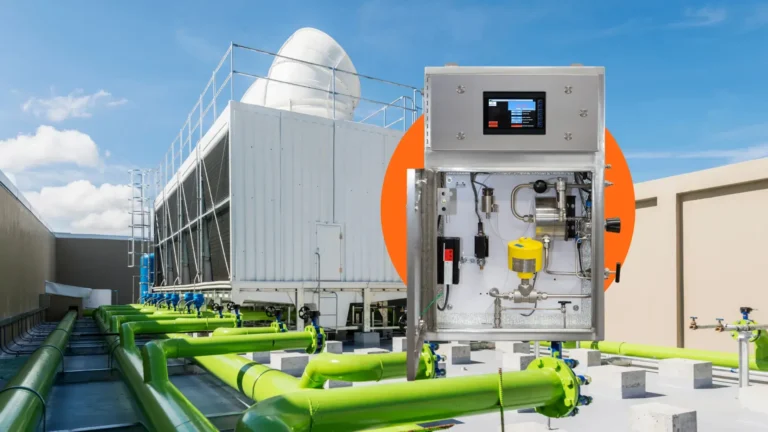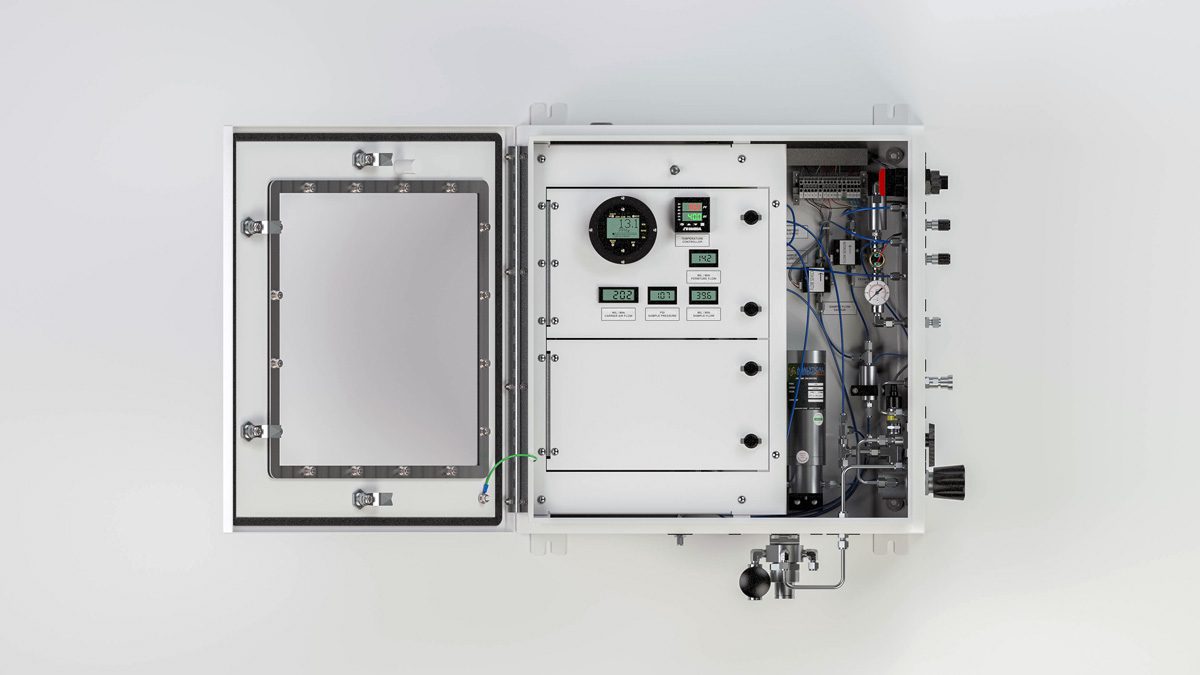How To Monitor H2S In LACT Units with KECO
March 27, 2020
Midstream companies have a need to monitor the H2S concentration at LACT Units (Leased Automated Custody Transfer Units).
Importance of Monitoring H2S
When the crude oil is transferred from the leased location into a pipeline, the midstream company buying the crude has the necessity to get accurate readings of the concentration of H2S in the crude before they take ownership.
Controlling H2S is critical to ensure the quality of the crude and to avoid scavenging costs caused by cross-contamination. Furthermore, it protects personnel from toxic and harmful gases that they can get exposed to by using traditional sampling methods to measure H2S in crude.
Analytical Systems Keco has a reliable, inline and accurate solution to measure H2S during a custody transfer at a LACT unit.
Addressing Stricter H2S Limits
Due to an increase of tighter limits set on H2S in crude, midstream companies are looking for a solution to monitor H2S concentrations at LACT units. Analytical Systems KECO provides an integrated solution that allows midstream companies to monitor (and reject if needed) crude oil at any receipt point.
The solution consists of an inline H2S in crude analyzer that provides real-time readings and has the capability of automating the rejection of off-spec crude. Basically, an automatic valve, controlled by the inline H2S analyzer, shuts in or diverts the crude oil when the H2S concentrations are above specified limits.
Monitoring H2S in LACT Units is Critical for Midstream Companies
Now midstream companies have the capability of avoiding the receipt of crude oil that does not conform to the quality specs stated on their tariffs or individual commercial agreements.
In addition, midstream companies avoid excessive corrosion caused by H2S in their pipelines and other assets.
Request a Budgetary Quote for Your Application
Provide your project specifications, industry details, and end-use location to receive a tailored pricing estimate from our team.
Request Budgetary Price





